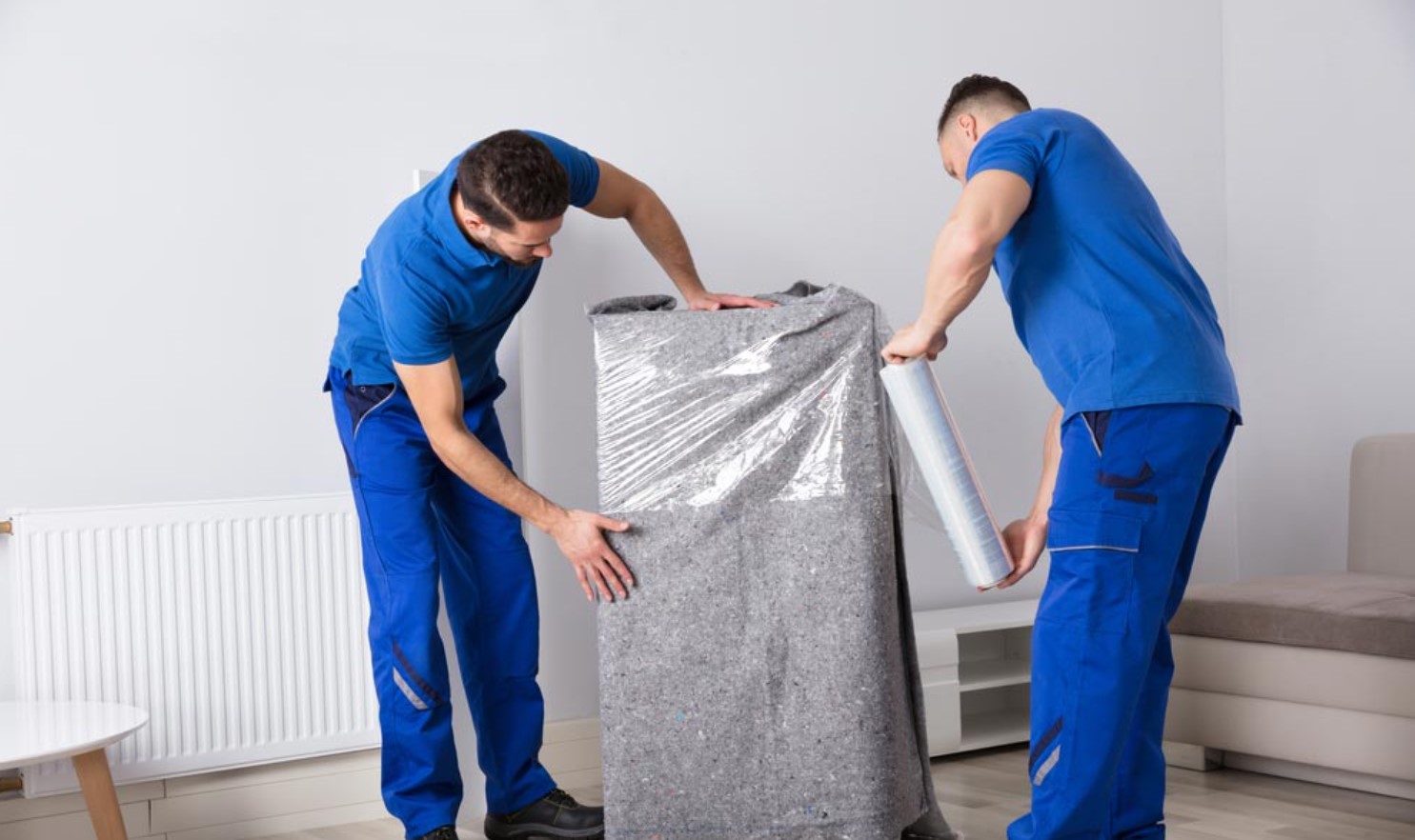Moving to a new home can be exciting, but it can also be stressful, especially when it comes to moving furniture. One of the questions that people often ask when hiring a Toronto moving company is whether or not the movers will wrap their furniture. Wrapping furniture is a crucial step in protecting it during the move, and it’s something that professional movers always do to ensure that their customers’ belongings arrive at their destination in good condition. In this article, we’ll explore the importance of wrapping furniture during a move and answer some common questions about the process.
Why Is It Important to Wrap Furniture When Moving?
Furniture can get damaged in many ways during a move, such as scratches, dents, or even broken parts. It’s crucial to take the necessary measures to protect your furniture and ensure it arrives at your new home in good condition. Wrapping furniture helps to prevent damage during transit by providing a layer of protection against scratches, dents, and other types of damage. It also helps to keep your furniture clean and free from dust and dirt.
What Materials Are Used to Wrap Furniture?
Several materials can be used to wrap furniture, including:
- Bubble wrap
- Furniture blankets
- Plastic wrap
- Shrink wrap
- Foam padding
How Do Professional Movers Wrap Furniture?
Professional movers have experience and expertise in packing and moving furniture. They know how to wrap each item carefully to ensure maximum protection during transit. Here’s how they wrap furniture:
- Clean the furniture and remove any loose parts.
- Disassemble the furniture if necessary.
- Wrap each piece of furniture with furniture blankets or bubble wrap.
- Secure the wrapping with tape or shrink wrap.
- Load the furniture onto the moving truck.
How Can You Wrap Furniture Yourself?
If you’re moving on a budget or prefer to pack and move your belongings yourself, you can still wrap furniture to protect it during transit. Here’s how you can wrap furniture yourself:
- Clean the furniture and remove any loose parts.
- Disassemble the furniture if necessary.
- Wrap each piece of furniture with bubble wrap or furniture blankets.
- Secure the wrapping with tape or shrink wrap.
- Label each piece of furniture for easy identification during the move.
- Load the furniture onto the moving truck.
When Should You Wrap Furniture?
You should wrap furniture before the move to ensure it stays protected during transit. It’s best to wrap furniture a day or two before the move to allow enough time for packing and wrapping. If you’re hiring professional movers, they’ll take care of wrapping your furniture for you.
How Much Does It Cost to Wrap Furniture?
The cost of wrapping furniture can vary depending on several factors, such as the size and type of furniture, the materials used, and whether you hire professional movers or do it yourself. On average, it can cost between $50 and $200 to wrap furniture for a move.
What Are the Benefits of Wrapping Furniture When Moving?
Wrapping furniture offers several benefits, such as:
- Protection against damage: Wrapping furniture helps to prevent scratches, dents, and other types of damage during transit.
- Cleanliness: Wrapping furniture keeps it free from dust and dirt, which is particularly important if you’re moving long distances.
- Identification: Wrapping furniture with labels makes it easier to identify each piece during the move and ensure nothing gets left behind.
Can You Move Furniture Without Wrapping It?
While it’s possible to move furniture without wrapping it, it’s not recommended. Furniture can easily get damaged during transit, and it’s much cheaper to invest in wrapping materials than to replace damaged items. Plus, wrapping furniture offers peace of mind and ensures your belongings arrive at your new home in good condition.
What Are Some Other Ways to Protect Furniture During a Move?
Besides wrapping furniture, there are several other ways to protect it during a move, such as:
- Disassembling large items before moving them
- Using furniture sliders to move heavy items
- Hiring professional movers with experience in packing and moving furniture
- Using proper packing techniques, such as stacking boxes evenly and filling gaps with padding or newspaper.
How Can You Choose the Right Moving Company?
Choosing the right moving company is crucial for a successful move. Here are some tips for choosing the right moving company:
- Research multiple companies and compare their services and prices
- Check online reviews and testimonials from past customers
- Verify the company’s license and insurance
- Ask about their experience with moving furniture
- Get a written estimate and ask about any hidden fees.
What Are Some Common Mistakes to Avoid When Moving Furniture?
Moving furniture can be challenging, especially if you’re doing it yourself. Here are some common mistakes to avoid:
- Not disassembling large items before moving them
- Overloading boxes and making them too heavy to lift
- Not labeling boxes properly
- Not using proper padding or wrapping materials
- Rushing the packing process.
How Can You Make the Moving Process Less Stressful?
Moving can be a stressful experience, but there are several ways to make it less daunting, such as:
- Creating a moving checklist and sticking to a schedule
- Hiring professional movers to handle the heavy lifting
- Asking friends or family for help
- Taking breaks and staying hydrated during the move
- Rewarding yourself with a treat after the move is complete.
What Are Some Tips for Unpacking Furniture After a Move?
Unpacking furniture after a move can be overwhelming, but these tips can help make the process easier:
- Unpack furniture first, so you have a place to sit and relax
- Set up each room one at a time
- Use furniture sliders to move heavy items
- Don’t rush the unpacking process
- Dispose of packing materials and boxes as soon as possible.
How Can You Dispose of Old Furniture?
If you have old furniture that you no longer need, you can dispose of it in several ways, such as:
- Donating it to a charity or thrift store
- Selling it online or in a garage sale
- Recycling it if it’s made of recyclable materials
- Disposing of it at a landfill or waste facility.
Wrapping furniture is an essential step in protecting your belongings during a move. Whether you choose to hire professional movers or do it yourself, investing in proper wrapping materials can save you time and money in the long run.

